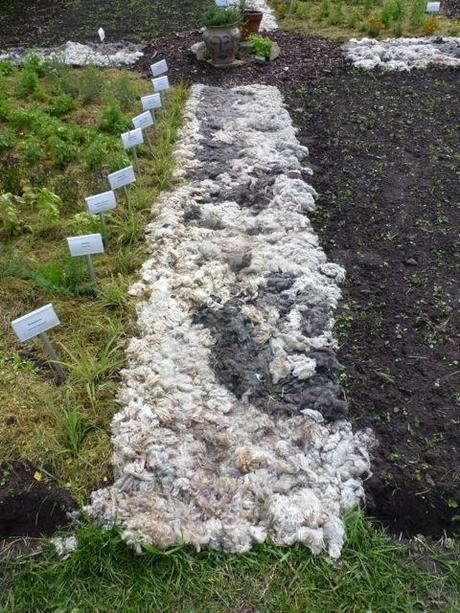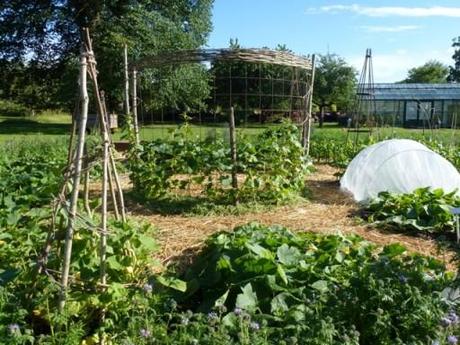
For the full time gardening students at Capellagarden, the year runs from March to September. At the start many of them may never have gardened before, but from Day 1 groups of 4 students will be given the entire responsibility for one of the rotational plots within the teaching garden. They choose the seeds, plan the layout, prepare the soil and do the planting. They help one another, pooling what knowledge they do have, and what they don’t know they find out by asking the tutors, or looking things up in the library. As their confidence grows they are encouraged to experiment and push the boundaries and learn through their successes and failures. They also grow flowers for cutting, tend the orchard, help in the productive garden that feeds the school, as well as having responsibility an area of herbaceous border and doing greenhouse work. As Carl Malmstem intended, it is all very hands-on and the garden is impressively productive. I asked students what they do after Capellagarden – some go on to further study at university, some start their own gardening companies, some buy land (it’s still very cheap in rural Sweden) and some stay on as helpers at Capellagarden. The short course students dip in to all aspects of the garden and do all sorts of other interesting things including dying with indigo, learning about lactic fermentation, making sweet preserves, picking and arranging flowers from the garden and visiting other gardens on the island.

Rotational plots

A place to sit on the rotational plots
The productive garden
Harvesting carrots in the productive garden
The Garden Shop
The left over garden using up all the spare flower plants
Annual flower plots
Summer School compost heaps
- Indigo dyed fabric and clothes


